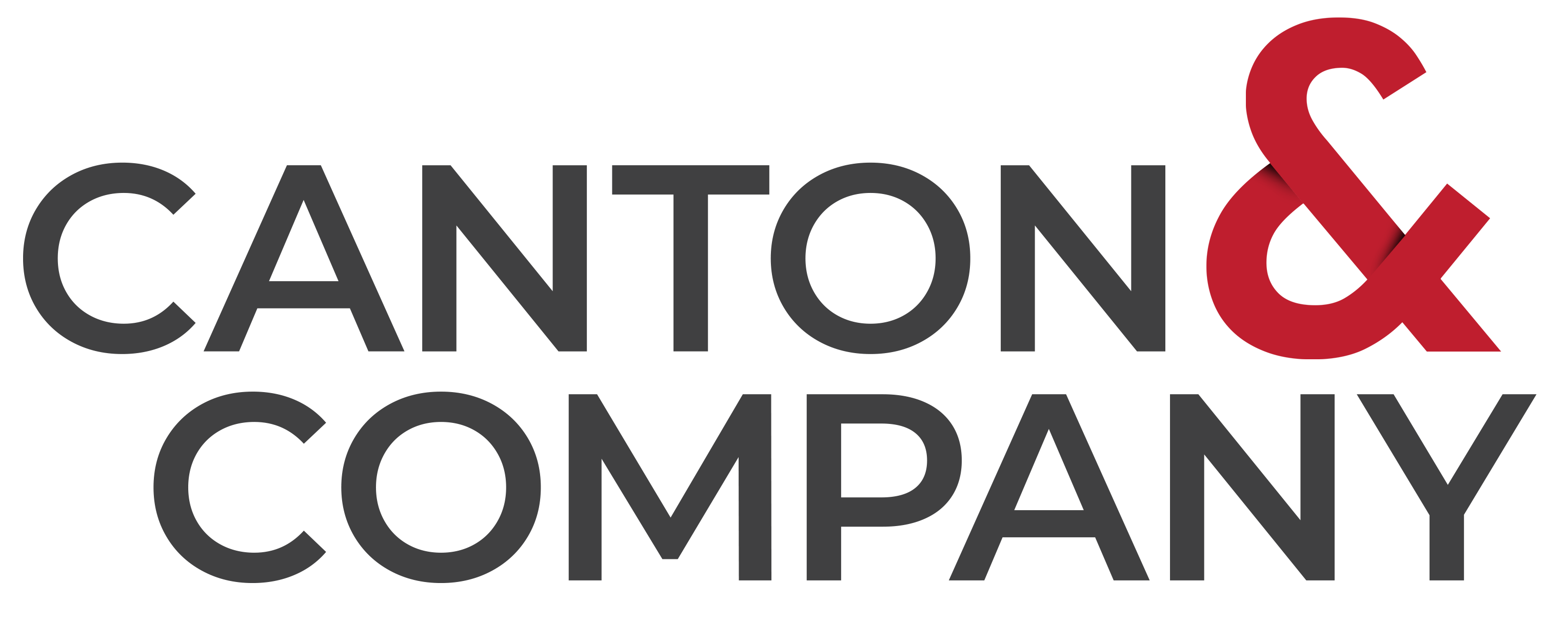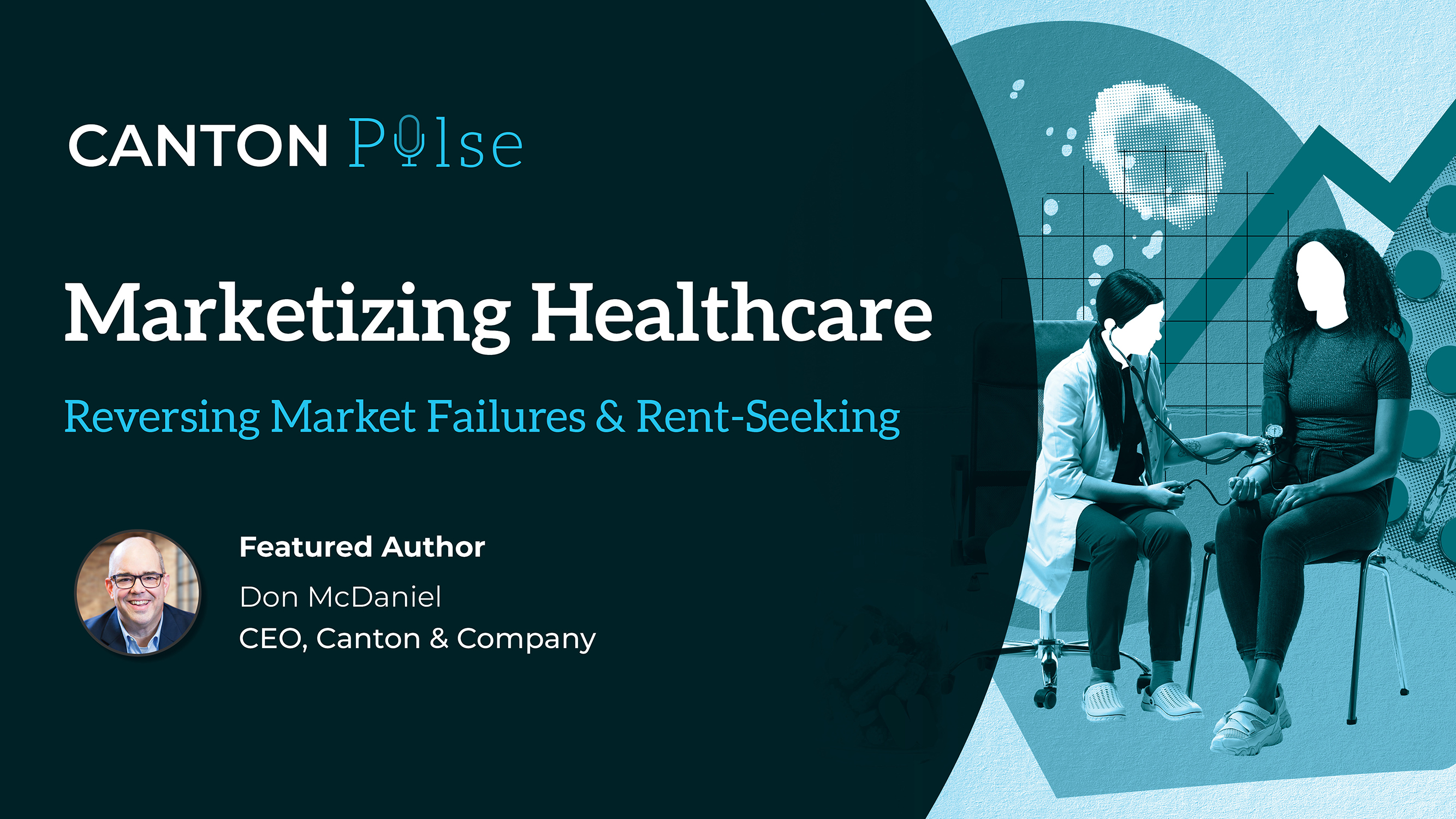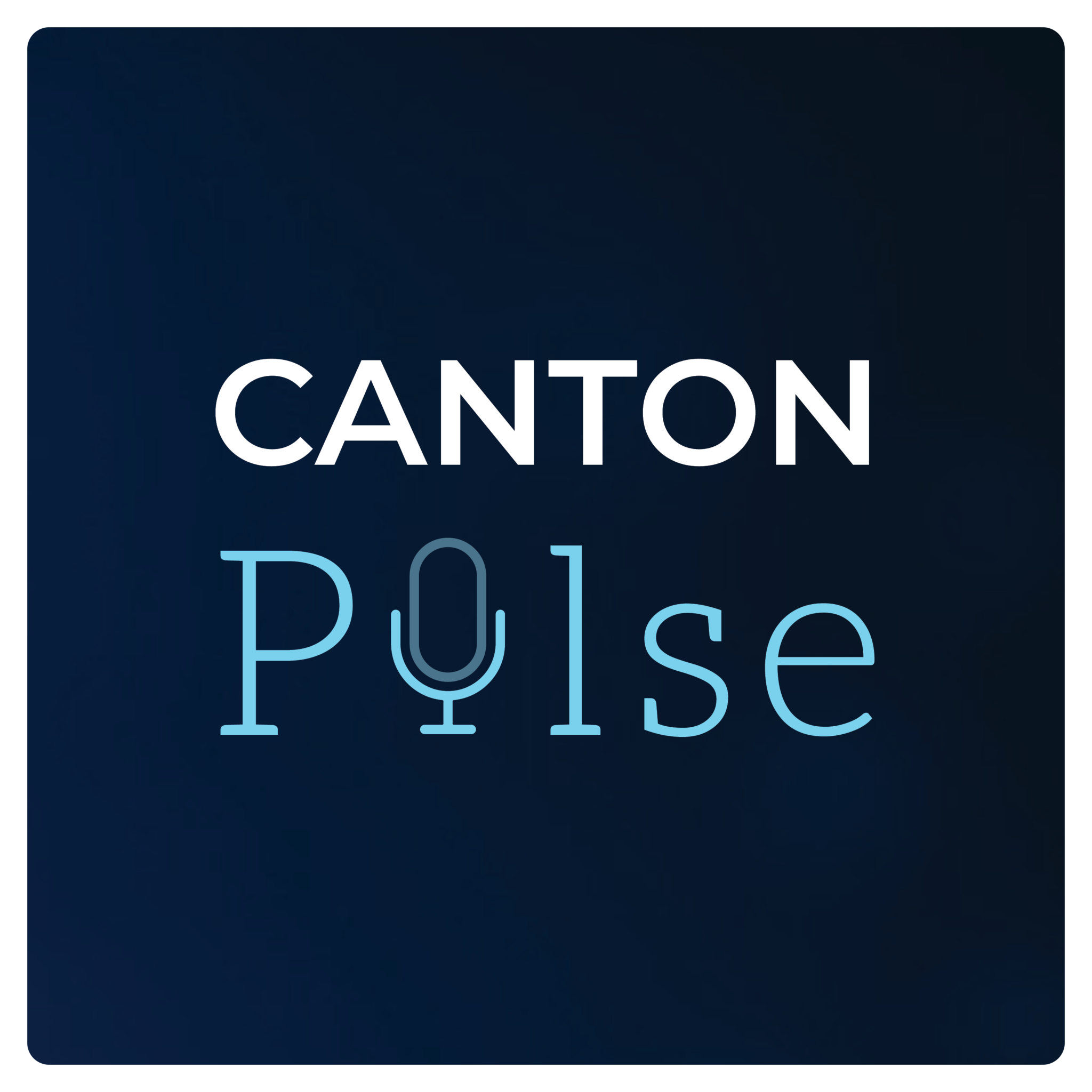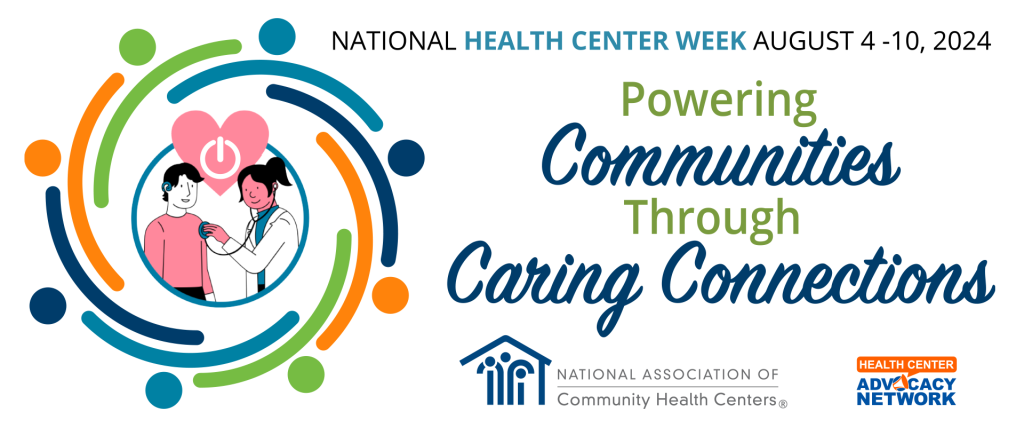Market Failure
In his textbook, “The Economics of Health Reconsidered,” the economist Thomas Rice argues that economic theory provides no support for the belief that competition in healthcare will lead to superior social outcomes. In other words, what Dr. Rice is saying is that competitive markets, comprised of all attributes we take for granted in the supermajority of our lives, can’t be considered as a solution to solve our sub-optimal system in the U.S. Since the first time I picked up that book as a faculty member at Johns Hopkins in the early aught years, it has rubbed me the wrong way – that Rice had the audacity to not only suggest that markets wouldn’t work in healthcare, but that markets had been tried and failed!
So, I was elated when just last week, as I was cleaning out my office, I found a piece written in December 2016 by Dale Steinreich, titled, “Has ‘Market Failure’ Caused High Health-Care Prices?”. In the opening, Steinreich states, “It seems surreal to read journalists attributing the economic pathologies of U.S. healthcare to market failure.” Yes, I said to myself, he is dead on! As I read on, I found much to agree with. My favorite section was titled, “[Healthcare] An Industry of Rent Seekers” – outlining what I have long believed – there are powerful status-quo lovers in the industry, that despite feigning discontent and a desire to improve things, love the powerful position they are in and want to keep things largely the way they are. Hence, among the most powerful industry lobbies in the world are those that feed on the healthcare industry teat. I don’t see hospitals, of their own accord, cannibalizing themselves to drive more optimal results for consumers, do you?
Key Takeaways
My biggest takeaways from Steinreich’s piece include important lessons for those of us that believe exposing industry actors to market force is the only logical way to address high prices, exorbitant spending growth, inherent conflicts of interest, marginal results, and consumers as a sideshow. They include:
- His accurate description of our current funding system as one of “healthcare financing” vs. “health insurance” – in no other context is insurance purchased to cover events that are preventive, predictable or of minimal financial benefit. Despite the recent push to shift more costs to consumers through higher deductibles and co-pays, we need to create incentives and products that provide true insurance coverage, pulling resources to cover uncertain high-cost, low-frequency events.
- The industry of rent seekers has actually been created by excessive regulation. This regulation has not only spawned enormously powerful special-interest groups like the American Hospital Association (AHA), Pharmaceutical Research and Manufacturers of America (PhRMA), America’s Health Insurance Plans (AHIP), American Association of Retired Persons (AARP), and on, and on; but an entire industry of policy makers, consultants, lobbyists, and advisors that make their living shaping the regulation to favor the incumbents. There are entrenched “corporate-state industry” actors that desire increasingly excessive crony-capitalism – collusion between the regulator and the rent-seekers.
- The economics of U.S. healthcare remain largely hidden from the public and consumers. Exposure to real prices and costs are critical for any competitive industry to deliver on its promise. Healthcare boasts deep opacity. Much of the haze is created by excessive regulation; another is the presence of “third-party payers.” An artifact of post-WWII concerns about inflation, the U.S. government instituted wage and price controls. In reaction to wage controls, many labor unions threatened widespread strikes; as a concession, the War Labor Board exempted employer-paid health benefits from both wage restrictions and income taxes. Our (largely) uniquely American system of employer-sponsored health insurance was born and has sustained. Employers purchased group health insurance, or if big enough, “hired” insurers to manage the health benefits for their employees. Thus started the dissonance, the “dis-connectedness” between employees and their family members, and the health insurance policies that covered them. Because benefits were exempt from both wage ceilings and taxes, and because of the collective power of the labor movement, inordinate incentives were created (and found to be self-reinforcing), making health benefits “richer” – in essence, to shift compensation from direct wages (both subject to controls and income taxes) to more expansive health benefits. Simultaneously, the individual employee became less accountable for what they consumed – what was purchased on their behalf. The “triple-witching-hour” of excessive health consumption was the health services industry’s (the sickness industry) driving demand for services to the highest legal level, at a time when labor organizers wanted more control and employees wanted more compensation (not defined more broadly to include your employer’s provision of health insurance – which is purchased with pre-tax dollars). This accident of history, combined with the creation of two mammoth entitlement programs, Medicare and Medicaid – to the distancing of the true consumers from the impact of their purchase/selection decisions has marginalized the performance of the industry and formed an increasing lack of transparency, variability, and results.
Navigating the Shift
With all that is happening in Washington, all the noise, one wonders, “Where do we go from here.” I am hopeful because I think that the political dance in D.C. is a red herring. The market is happening to healthcare – finally.
The policymakers running entitlement programs are in a death spiral and private markets are the only way out (without spending even more tax money on healthcare). The garage movement – entrepreneurs, the “digital disruptors,” is coming to healthcare, seeing a pre-industrial, labor-intensive mess where they can extract the rent and turn it into value. Finally, consumers, for a variety of reasons, are becoming more engaged. We are witnessing the marketizing of healthcare.


.png)




.png)